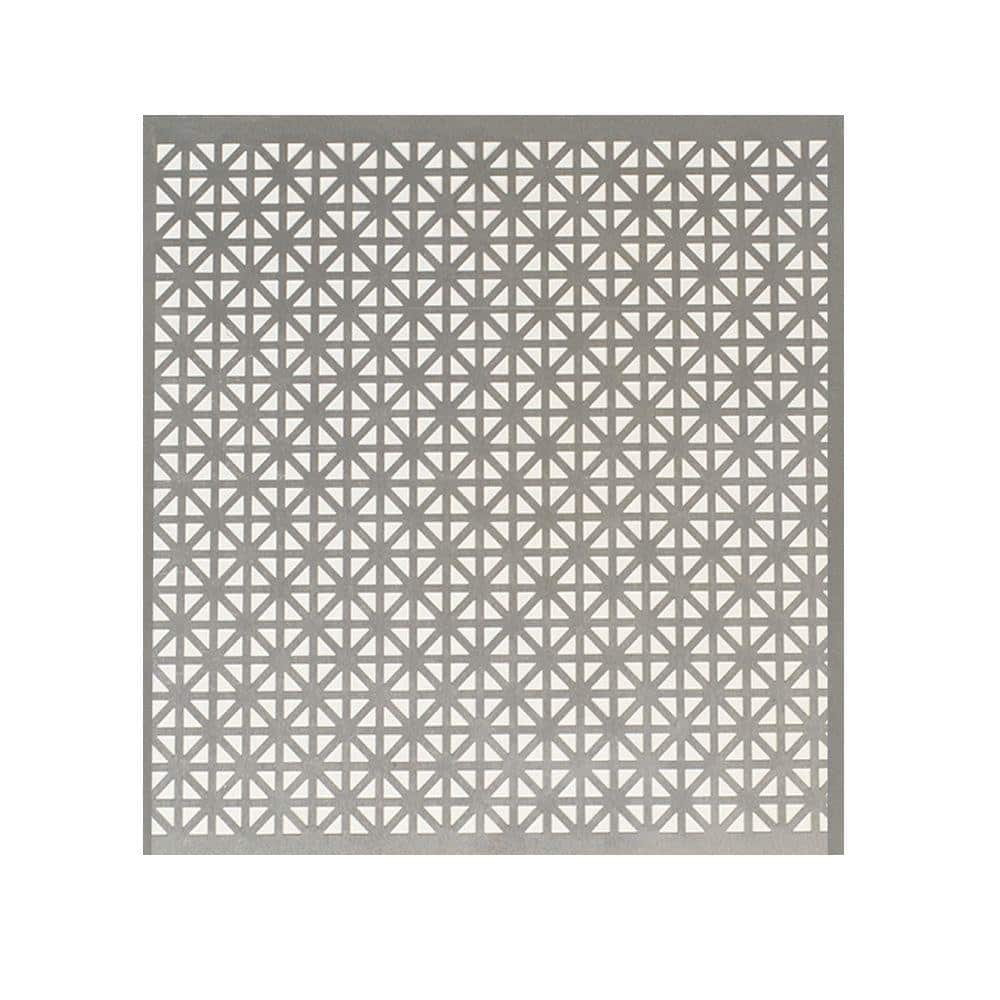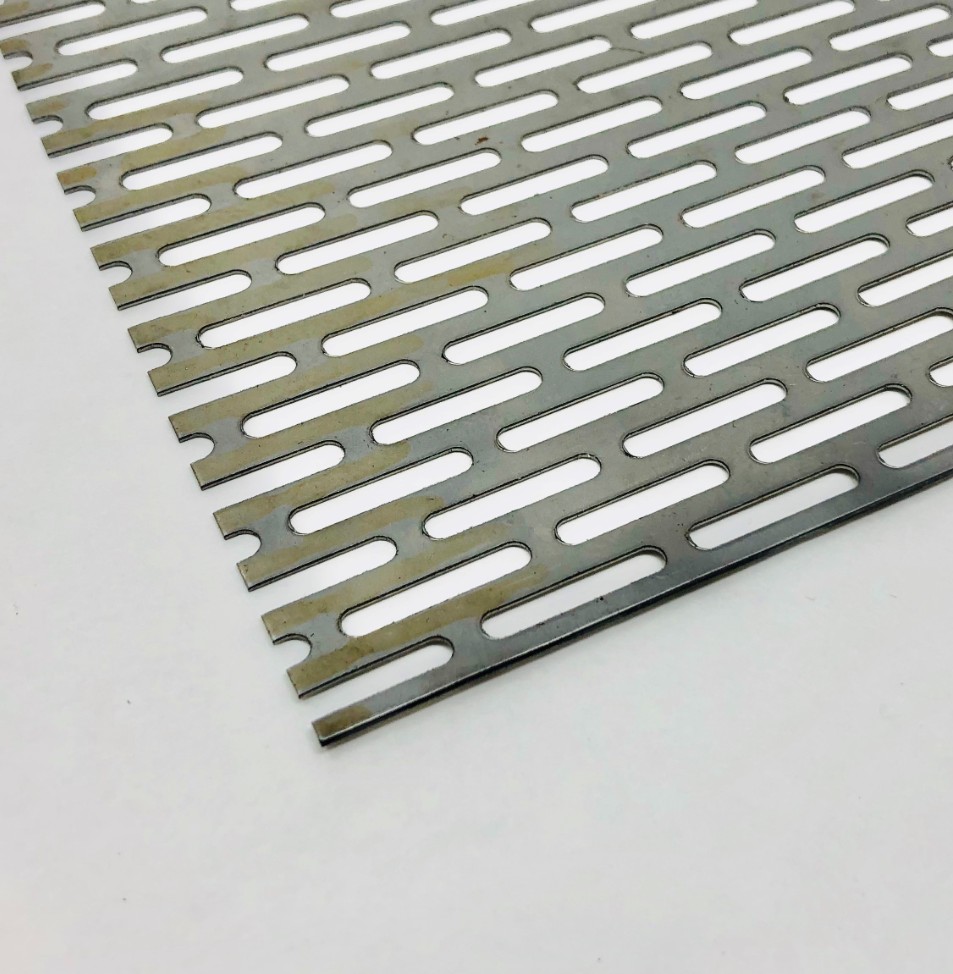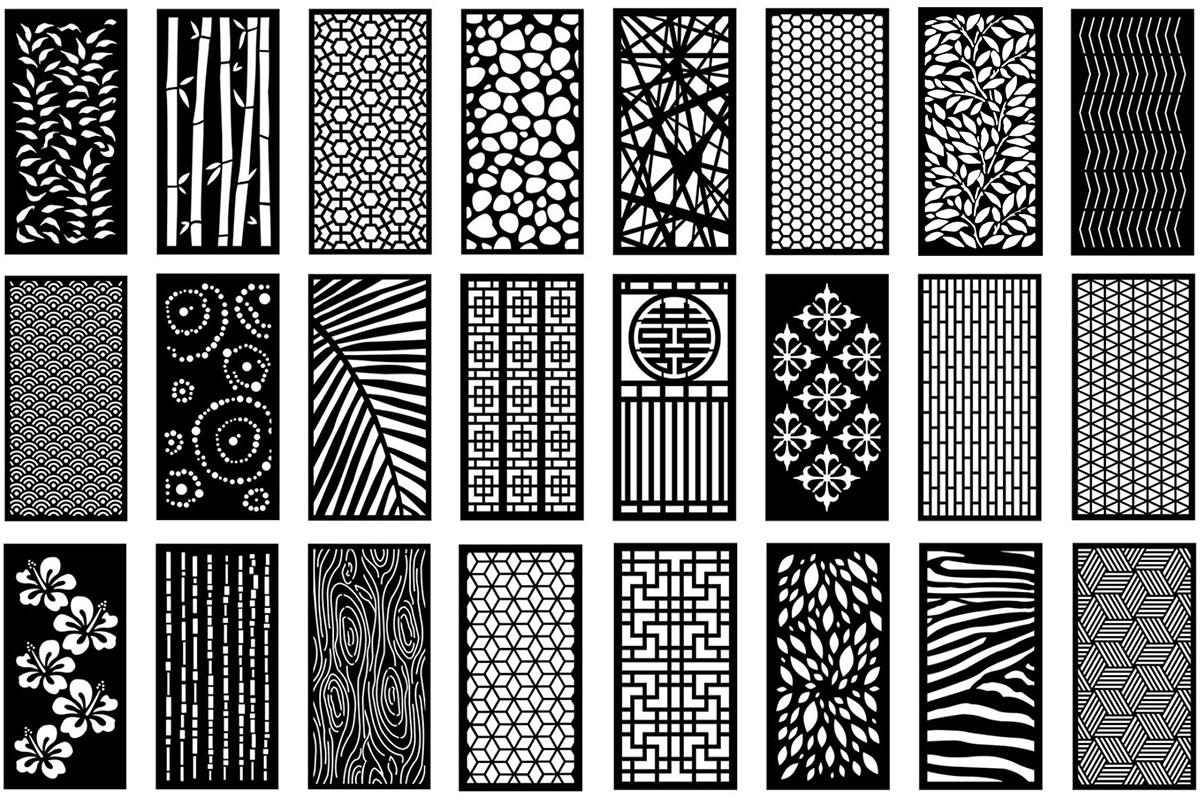Introduction to Decorative Sheet Metal
In recent years, decorative sheet metal has emerged as a popular choice in various design fields, captivating architects, designers, and DIY enthusiasts alike. As someone who has spent years working with various materials, I can attest to the unique beauty and versatility that decorative sheet metal brings to a project. This article will delve into the different types, uses, benefits, and design considerations for decorative sheet metal, ensuring you’re equipped with all the knowledge you need to incorporate this material into your next project.
What is Decorative Sheet Metal?
Decorative sheet metal is a thin, flat piece of metal that has been modified to enhance its visual appeal. Often used in residential and commercial designs, this metal can come in various finishes, colors, and patterns. Its applications can range from architectural features to intricate wall art and furniture accents.
Types of Decorative Sheet Metal
There are several types of decorative sheet metal, each with unique characteristics and applications. Below are some of the most commonly used types:
1. Stainless Steel
Stainless steel is highly resistant to corrosion, making it an ideal choice for outdoor applications or environments prone to moisture.
2. Aluminum
Lightweight and easy to work with, aluminum decorative sheets are perfect for intricate designs or large installations.
3. Copper
Copper develops a beautiful patina over time, which adds character and uniqueness to any design. It’s commonly used in roofing, gutters, and architectural details.
4. Brass
Brass has a warm tone and can showcase a high-shine finish. It’s often used in decorative lighting fixtures and cabinetry.
5. Galvanized Steel
This type of steel is coated with a layer of zinc to prevent rusting. Its rugged appearance lends itself well to industrial designs.
Benefits of Using Decorative Sheet Metal
So, why should you consider decorative sheet metal for your next project? Here are some compelling benefits:
- Aesthetic Appeal: It adds a contemporary and sophisticated touch to any space.
- Durability: Sheet metal is highly durable and can withstand harsh environmental conditions.
- Versatility: It can be cut, bent, and shaped into almost any design you envision.
- Ease of Maintenance: Most metal sheets are easy to clean and maintain, making them practical for high-traffic areas.
- Eco-Friendly: Metal is recyclable, which makes it an environmentally friendly option.
Common Applications of Decorative Sheet Metal
Decorative sheet metal can be used in a variety of applications. Here’s a look at some popular uses:
Architectural Features
From metal facades to intricate railings, decorative sheet metal can greatly enhance architectural designs.
Furniture Design
Incorporating decorative metal in furniture, such as table legs or shelving, can add a modern flair.
Artistic Installations
Artists often use decorative sheet metal to create stunning wall art and installations.
Signage
Businesses employ decorative sheet metal for signage, providing a bold and eye-catching display.
Design Considerations for Decorative Sheet Metal
When incorporating decorative sheet metal into your designs, consider the following:
1. Finish and Texture
The finish of the metal can drastically change its appearance. Popular finishes include brushed, polished, and patterned textures.
2. Color
While many metals come in their natural colors, they can also be powder-coated or painted to match your design.
3. Thickness
The thickness of the sheet metal can affect its durability and ease of use. Consider the application when choosing thickness.
4. Sustainability
Choosing recyclable metals can contribute positively to environmental sustainability.

Comparison of Decorative Sheet Metal Types
| Type | Durability | Weight | Cost | Common Uses |
|---|---|---|---|---|
| Stainless Steel | High | Medium | High | Architectural details, kitchens |
| Aluminum | Medium | Light | Medium | Decorative accents, signage |
| Copper | Medium | Heavy | High | Roofing, accents |
| Brass | Medium | Medium | High | Furniture, fixtures |
| Galvanized Steel | High | Heavy | Low | Industrial designs |
Pros and Cons of Decorative Sheet Metal
Pros
- Enhances the aesthetic quality of any design.
- Highly durable and long-lasting.
- Offers a variety of finishes and colors.
- Eco-friendly option due to recyclability.
Cons
- Can be more expensive compared to other materials.
- Some finishes may require special maintenance.
- Weight can be a factor in certain designs.
- Working with metal might require special tools or skills.
FAQs About Decorative Sheet Metal
What is the best type of decorative sheet metal for outdoor use?
Stainless steel and galvanized steel are both excellent choices for outdoor applications due to their corrosion resistance.
Can decorative sheet metal be painted?
Yes, decorative sheet metal can be painted or powder-coated to achieve a desired color or finish.

Is decorative sheet metal easy to install?
Installation can vary based on the thickness and type of metal. While lighter materials like aluminum can be easier to work with, some thicker metals may require professional tools.
How can I maintain decorative sheet metal?
Most decorative sheet metals can be cleaned with mild soap and water. Avoid abrasive cleaners that could scratch the surface.

Are there any eco-friendly options for decorative sheet metal?
Yes, many manufacturers produce recyclable metal sheets, and you can even find options made from recycled materials.
Conclusion
Decorative sheet metal presents an incredible opportunity to enhance design across various applications. Its balance of aesthetics, durability, and versatility makes it a go-to choice for professionals and DIYers alike. Whether you’re designing a new façade, crafting a piece of furniture, or creating a beautiful artwork, consider the unique qualities of decorative sheet metal to elevate your project. I encourage you to explore this material further and unleash your creativity—it may just be the perfect addition to your design toolkit!